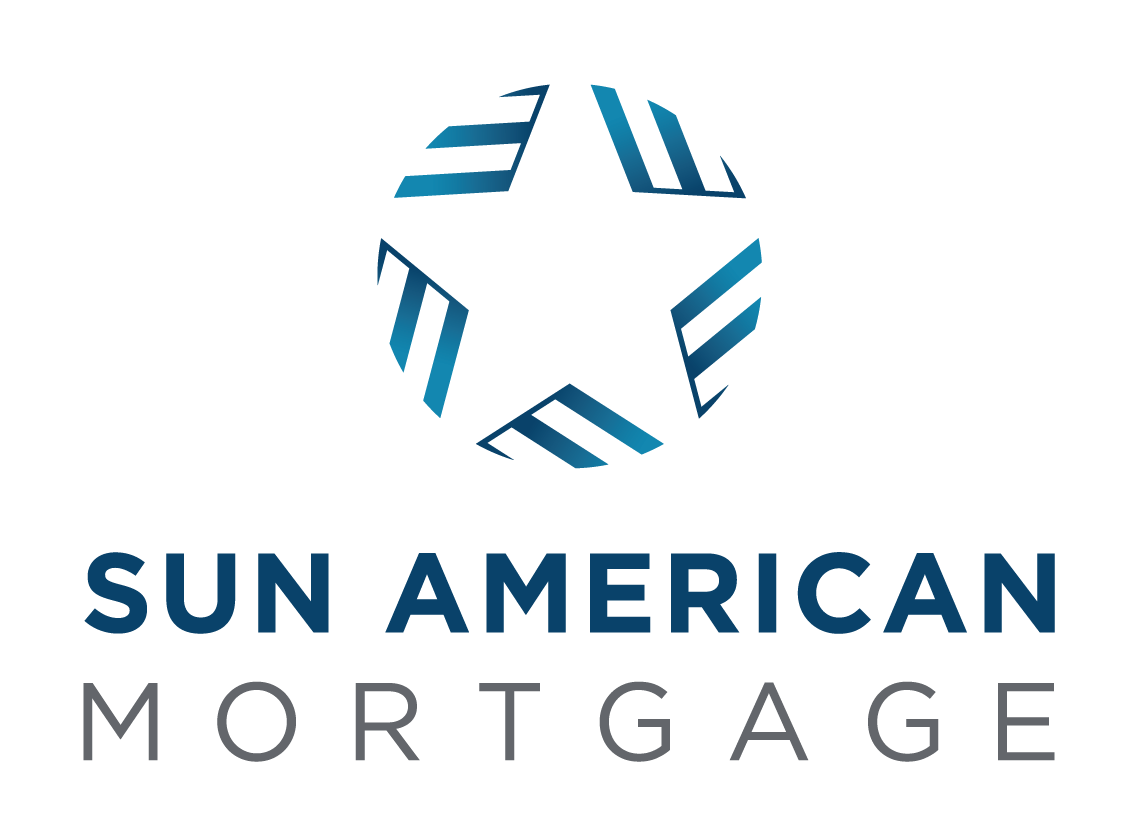The thought of acquiring your own home can create an illusion of a dead-simple task until its time for the real action. The idea of a beautiful backyard and the kids having enough playing room does sound enticing, but getting there is not easy. The cornerstone of successfully buying a home is the purchasing process, and more so, the mortgage acquisition. There are steps you need to follow when acquiring a mortgage for your home instead of just taking a nosedive. This article offers key, systematic mortgage acquisition process plus all the mortgage options at your disposal.
1. Conduct Thorough Research On The Home You Want.
Before you even start thinking about the finances, it is wise to have a clear picture of what you are looking for. Take a spin through real estate magazines and buying guides, and familiarize yourself with the diversified real estate markets. This will come in handy since some mortgage options depend on the cost and type of home you are purchasing. It is also advisable to seek navigational advice from realtors since they can help you steer clear of markets with unflattering buying standards.
2. Get A Credit Score Report ( Prequalification)
I’m sure most home buyers often think that this is a no brainer, and yes, they are right. Most people, however, may not understand why most mortgage acquisition guides emphasize this step. The prequalification process revolves around checking in with your potential mortgage creditors to determine how much they are capable of lending you. This is almost entirely dependent on your repayment capabilities, which they peg to your current income and available savings. The earlier you do this, the better for you because high credit scores can pave way for favorable mortgage payment rates. In addition, being conversant with your credit score will put you in the light in regard to the options of your house. The good news is that keeping tabs with your credit reports is such a breeze today, especially with the prevalence of sites such as Karma and Credit Karma and credit sesame.
3. Work On Improving Your Credit Scores.
When it comes to acquiring a mortgage, a good credit score can be your knight in shining armor. Having more than 36% lodged in any revolving loans is a turn off for many lenders. Any unpaid loans, be it car loans or credit card debts may have impactful ramifications on your credit score. In order to fine-tune it and score more points in the eyes of your lender, consider paying off all your current debts and taking a detour from any more swiping. Avoid any more loan acquisitions and account openings. Since taking care of lingering credit issues can be one daunting task and can derail your effort of purchasing your dream house, it is better you do this before time elapses.
4. Analyze The Available Mortgage Programs.
Typically, by this time most hopeful homebuyers have an idea of the price variations of the houses they can buy. The next step is to analyze the available mortgage options because so many factors come into play. You can consult a mortgage professional if you want to avoid the frustrations that usually company this process. This particular step raises fundamental questions, with some of them being:
- The repayment periods. Depending on how long you plan to hold the loans, opt for mortgage programs that are accommodative in this regard.
- Down payment rates. It’s a rule of thumb that you need to make a down payment before purchasing a home. Ensure you understand the implications that a specific down payment option may have on your loan’s lifespan. You can opt for high (20% or more) or as low as 3.5% if you settle for the FHA mortgage. when making a down payment, don’t forget that and each option comes with its pros and cons. Don’t make a gamble though, do your research on your loan type and the private mortgage insurance and you’ll be good to go.
- Interest rates. Home buyers generally want affordable interest rates. Thanks to the availability of mortgage creditors such as S.t Georges Lenders, home buyers can enjoy such incredulous benefits.
5. Make An Application.
Once you’ve compared potential lenders and have identified the mortgage program that best suits your needs, you can proceed and make an application. The more applications you make the better since you will have more loan estimates to weigh down. After you commit to a specific lender, Ensure you provide all relevant documentation relating to your debts, assets and current cash flows in order to smoothen the process. After everything from the loan estimates, closing the transaction averages at 45 days, and once the deal is closed, you’ll be closer to buying your ideal private sanctuary.
Ensure you prepare adequately before applying for a mortgage. Remember it’s a loan with slightly more zeros than the ones you have, so planning is a prolific idea. Visit the St. Georges lenders website for enticing and effective lending rates.



